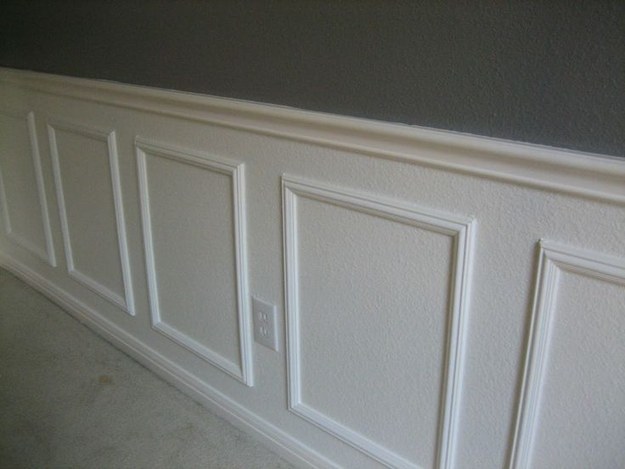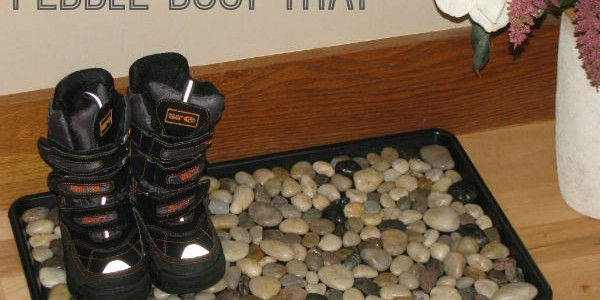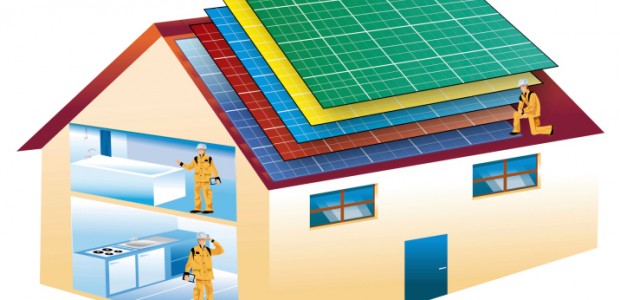If you are thinking about improving your home but are not particularly keen on paying ridiculous amounts of money to do so, you probably thought about doing it yourself. And you can, with these cheap and easy DIY projects, your home will look and feel so much better, without breaking the bank.

1. Create wainscoting with cheap frames. Instead of paying all the money for it, go to your favorite craft store and buy basic, cheap frames. Secure them to the wall to create that classic pattern and then paint them to match. Your living room will look so much classier and your guests will be none the wiser.
2. Peel-and-stick tiles hide water stains. If your bathroom or kitchen cabinet has leaked for any amount of time, chances are, there are water stains on the cabinet bottom. Instead of removing the bottom or sighing every time you open the doors, cover the water damage with peel and stick tiles. They are incredibly easy to install, they will make the whole thing look better, and nobody inspects your cabinet bottoms close enough to determine they are peel and stick tiles.
3. Hopelessly moldy shower? Re-grout and Re-caulk it. We are all fans of homemade cleaning products and other hacks to remove mold from the shower, but some times not even all the vinegar in the world can fix it. You have to address the root of the problem. Removing all the caulk and grout from your shower tiles is not a difficult process, it’s just time consuming. After you do that, clean well with a bleach solution, let it dry for 24 hours and apply new grout and caulk. Make sure you look for a brand specifically made for bathrooms, as it will be mold-resistant. Just remember, when in doubt, look up YouTube videos to really get the technique down.
4. Don’t throw out the old, tired armchair and sofa, just re-stuff the cushions. Instead of buying a new armchair and sofa, renew them with more stuffing. Perk up the cushions and get rid of the sagging look on the cheap by simply buying new stuffing. It won’t only look better, it will also feel more comfortable as well.
5. Stop your shoes from ruining your floors. If you have carpet or wood floors, you know shoes are your greatest enemies. Snow, rain, dirt, all of that takes its toll. And it doesn’t matter if you force everyone to remove their shoes as soon as they come in, because the floor near the door will still get ruined. Fix this with a simple pebble tray. It’s extremely cheap, all you need is pebbles and a tray. Put it near the door, and leave soaking wet shoes there. It looks nice, it’s practical and it costs almost nothing.





